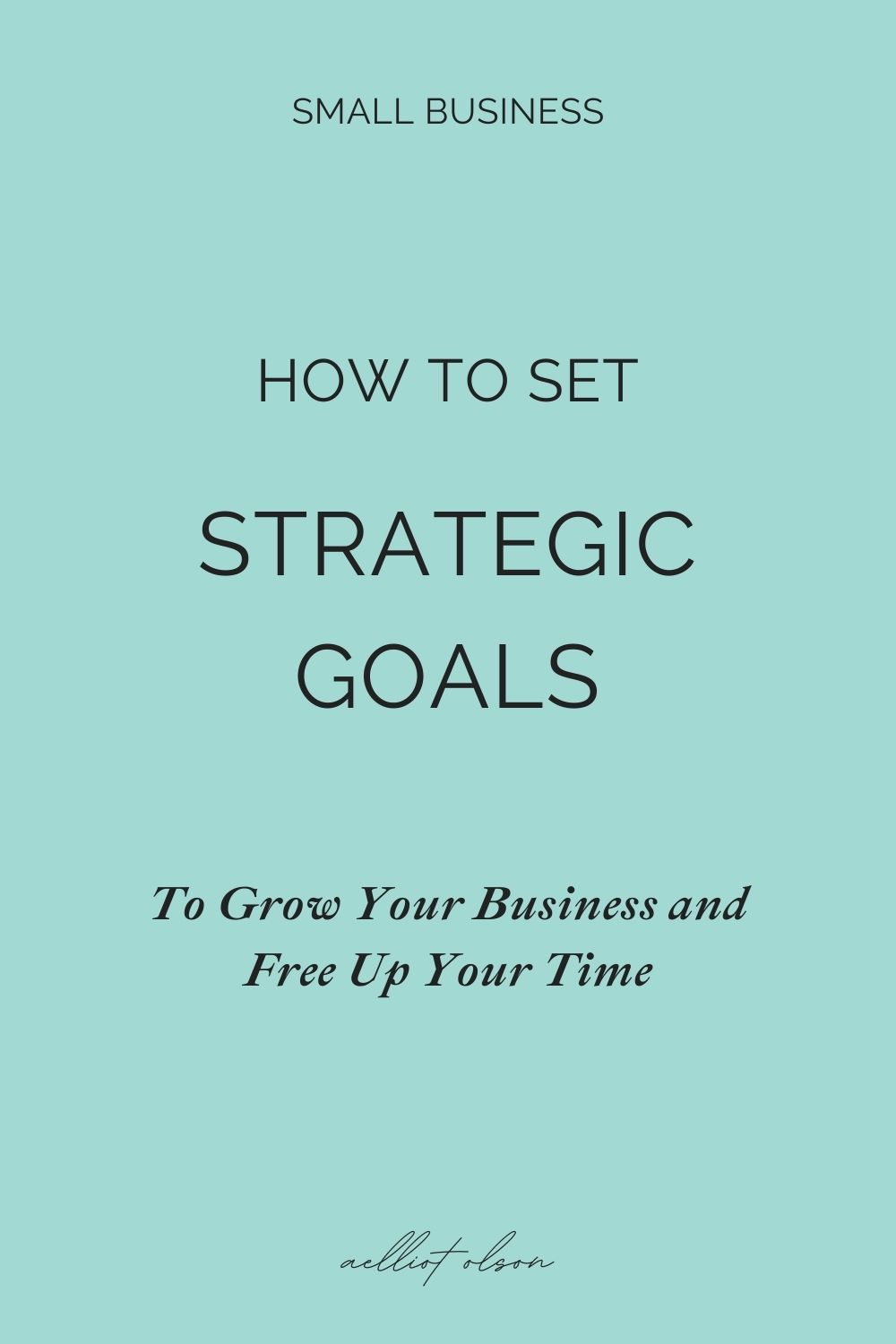

Small business owners, this one is for you.
I’m willing to bet that your days are either…
A. Pretty busy
B. Super busy
C. So busy that you don’t even have time to read this fully and you’re just skimming amirite
And I get it, seriously!
You’re trying to manage a business, employees, and family…often all at once.
Like other biz owners, I sometimes feel like I need 34 hours in each day.
(Or even 40 hours, tbh.)
But the truth is…
You and I both have the same number of hours in our days.
The challenge isn’t to add more hours. The challenge is to free up the hours that we all have available.
So how do I do that?
You’ve probably heard this advice a million times. “Just work smarter, not harder!”
Cool, but what does that actually mean?
Well, lemme tell ya. I’ve been on a mission to work smarter by finding realistic ways to free up my time and focus on what matters most to me.
When I was first starting out as a web designer, I had a hard time saying no to projects. I tried to do it all…
- Publishing articles? Love it.
- Writing guest posts? Sign me up.
- Networking events? Anytime!
- Podcasting? Sounds super cool!
- Marketing on Facebook? Why not also throw in LinkedIn, Pinterest, Instagram and Reddit for funsies!
…you can see how I quickly ran out of hours in the day. And I ran out of steam — I was getting burnt out pretty dang quickly.
Nowadays, I use a few strategies to stay focused and free up my time.
One of my fav strats?
Setting big-picture strategic goals.
By knowing my biz goals, I can quickly evaluate if a new project is worth my time.
If it won’t help me achieve my goals — sorry, nope.
If it will help me achieve my goals — I’ll take a closer look.
Get the Freebie
We’re about to dive into a lot of content.
To make things easy for you, I put everything into one quick download.
Get the freebie (plus a link to this article!) straight in your inbox. ?
Why do business goals matter?
As a small business owner, you have extremely limited time and attention.
There’s always going to be an upcoming product to launch, new marketing tactic to test, event to schedule, holiday to plan around, birthday to attend…
You get the idea.
Your time is limited. The demands on your time are not.
One way to free up some of your time is through clear, measurable goals.
Creating specific, actionable goals will help you focus your limited time and attention on the projects that really matter.
- Thinking about selling new products?
- Wondering if you should test a new marketing platform?
- Itching to hire a virtual assistant, but not sure about the cost?
Referring back to your business goals will help you make faster and more strategic decisions.
Without further adieu, let’s dive into the process of setting and applying goals that drive real results and free up your time.
How to Set Specific, Measurable Goals
What’s your business goal right now…growing sales? Getting more clients?
Those goals have the right idea, but they don’t have the right ingredients.
The idea is sound, but they don’t have clear metrics.
Ever hear this saying? “What gets measured, gets managed.”
Sure, it’s a cliche — but it’s true.
If you want to improve in some area of your business, you need to identify what your metrics.
What does “growing sales” really mean…
- How much are you trying to grow your sales?
- Are you measuring growth by percentage or number of units sold?
- Are you growing all sales or just specific items?
And what does it mean to “get more clients”…
- How many clients do you want to add?
- Are you aiming for one new client per week? Month?
- Do you count returning clients as “more?”
Don’t waste your time setting vague goals.
At best, it’s hard to know if you’ve met a vague goal.
At worst, a vague goal can even be demotivating. You’ve been trying for 3 months to “get more clients,” but still don’t even know what that means!
Instead of vague goals, it’s time to…
Step #1: Create SMART Goals
To set yourself up for success, establish specific, actionable goals — aka SMART goals.
Specific. Who is completing the goal and what action will they take.
Measurable. Which quantifiable metric will be tracked.
Achievable. Is this goal ambitious yet within reach.
Relevant. Will this goal improve your business and fulfill larger plans.
Time-based. When will this goal be completed and in what timeframe.
Is this acronym sounding a little…boring to you?
Well, here’s some small biz owner honesty.
- Your friendly vendor next-door has SMART goals
- Your competition across town has SMART goals
- Your coach and mentor has SMART goals
To keep up and grow your biz, you need to start thinking SMART.
So buckle up, block out 30 minutes in your day, and write down a goal.
Yes, I’m serious. Actually do write it down!
Writing down your goal will help you get specific. Jot it down in the freebie — and if you didn’t get the freebie yet, get it now! ?
All written down? Great, because we’ll be returning to that goal for the next step…
Step #2: Review Your Goal
So you finished step #1 and have a thoughtful, well-crafted SMART goal.
Congratulations! You’re done. Take a well-earned, year-long break. No need to think about your goal until this time next year.
Wait.
Scratch that.
I meant…take a well-loved, year-long planner.
Now open that planner (or calendar app, you know what I mean).
Every 3 months, block out time to review your goal. Look at your metrics. Evaluate if you’re meeting, exceeding, or falling short of your target.
Why every 3 months?
In my experience working with small business owners, reviewing quarterly is enough time to keep your goal fresh and flexible without letting it fall by the wayside.
Once per quarter, take the time to review your business goals. Ask yourself…
- Am I meeting my goal? Why / why not?
- What part of my strategy is working / not working?
- Where have I seen the best / worst results?
- Should I set a higher / lower goal for the next quarter?
Maybe you’ve had a spectacular quarter and doubled the number of new clients. Your original goal may be outdated — time to set a new goal that reflects your recent growth!
Or maybe you had events outside of work that took significant time away from your business…a family emergency, global pandemic, who knows. Your original goal may be unrealistic for your current situation.
Thinking regularly about your goals will keep you motivated and on track. Adjusting your goals quarterly gives you enough time to make progress, see what strategy is working (or not working), and plan for the future.
Let’s walk through a couple of examples to show how SMART goals can be applied to different types of businesses.
SMART Goals for Retail Businesses
Meet Kristin, owner of boutique home furnishings store Arrow & Co. She opened Arrow three years ago and has enjoyed several years of consistent growth. Now she wants to increase her sales…but by how much?
Kristin’s SMART goal could look like…
- Specific: Increase sales revenue by 20 percent.
- Measurable: Increase monthly revenue from $22,000 to $26,400.
- Attainable: Last year, I saw a growth in sales by 10 percent during this period. With increased online marketing, this 20 percent goal feels achievable.
- Relevant: More revenue will allow me to create an emergency fund in case of unexpected contingencies next year.
- Time-Based: Within the next three months.
Kristin’s SMART Goal
In the next three months, I will increase my total monthly sales revenue by 20 percent through increased online marketing. With this additional revenue, I will create an emergency fund to keep Arrow in business in case of future emergencies.
That example works for retail, but let’s say you run a different type of business.
Move right along for example #2…
SMART Goals for Service Businesses
Meet Jenn. After four years of working at a local spa, she recently launched her own massage practice. She dreams of success and tons of clients…but what does that really mean?
- Specific: I will have six clients per week.
- Measurable: I will measure the total number of clients, including both new and returning clients.
- Attainable: I already have two recurring weekly clients and four monthly clients. If I spread the word to friends and ask for referrals from current clients, I can feasibly increase by average weekly bookings by three additional clients per week.
- Relevant: Booking six clients per week will cover my business and living expenses.
- Time-Based: I will have an average of six clients per week by three months from now.
Jenn’s SMART Goal
To cover my expenses, I will have six clients per week by three months from now. I will tell friends and family that I am booking new clients, and ask my current clients for referrals.
…
Whatever your business, setting SMART goals will increase your efficiency and let you focus on what matters.
How will SMART goals help you? Get in touch and lemme know!
FYI — Credit where credit’s due…the SMART goals acronym is typically associated with author and educator Peter Drucker.












